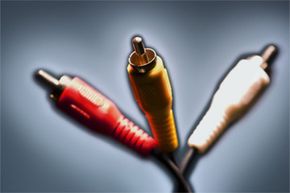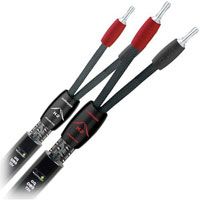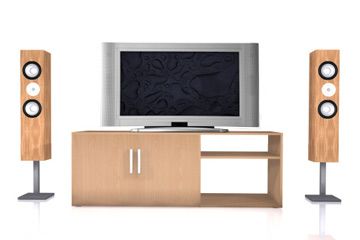The name might be an oxymoron, like the jazz waltz "Ugly Beauty," but there's nothing off-key about transposing electrical signals to light waves to deliver powerful, high-quality sound. It's simply another interval in the evolution of audio, as progressive as Thelonious Monk's compositions. From mono to stereo to surround sound, or from analog to digital to high-def, the beat goes on.
Once upon a time, TVs and stereos were just heavy pieces of wooden furniture. They were self-contained, and their inputs or outputs were limited to antenna hookups and speaker jacks. Today, we face a wall's worth of tuners, amplifiers, game consoles, DVRs, VCRs, DVDs, Blu-rays and moribund VHS machines, to say nothing of the cassette player you keep moving but probably haven't even bothered to hook up.
Advertisement
What are all those jacks for, anyway?
Just as you wouldn't pipe Pellegrino through rusty municipal plumbing, there's no point in sending high-fi audio through low-fi jacks, wires and electronics. So, as companies dream up better audio and video standards and storage media, they also add new ways to send it crisply from your gear to your ear, which is why the backs of our entertainment systems resemble a 1960s Manhattan switchboard.
It's an apt comparison, considering that the first analog audio jack, the triple contact plug, or TRS connector, was adapted from the jack first used in telephone exchanges. The tip, ring and sleeve design, in which three insulated sections of the prong handled left channel, right channel and ground, respectively, was so successful that it is still widely used today [sources: International Textbook Company; Modern Home Theater].
The Radio Corporation of America debuted its eponymous RCA jacks in the late 1940s, but the format didn't climb to the top of the charts until the early '70s. Like the Supremes, these plugs come in groups of three -- typically red, white and yellow -- each consisting of a signal-carrying pin encircled by a ground ring [source: Modern Home Theater]. Other versions of RCA jacks carry composite and component video, as well as digital audio.
Component and composite cables carry video signals but no audio. Composite cables, usually designated by a yellow RCA jack, pack all of the video info into one signal, whereas component ones split it into three channels across three plugs [source: Maxim Integrated Products].
Both require a separate cable to handle audio, which brings us back to RCA jacks and other copper-wire solutions -- and an alternative, optical audio.
Copper-based wires contend with two problems to varying degrees, depending on their shielding and quality: external electromagnetic noise interfering with the signal and resistance in the wires degrading the signal over distance.
Optical audio is immune to the first and can be free of the second if the cable quality is high enough, but it also has its own share of problems.
Advertisement



